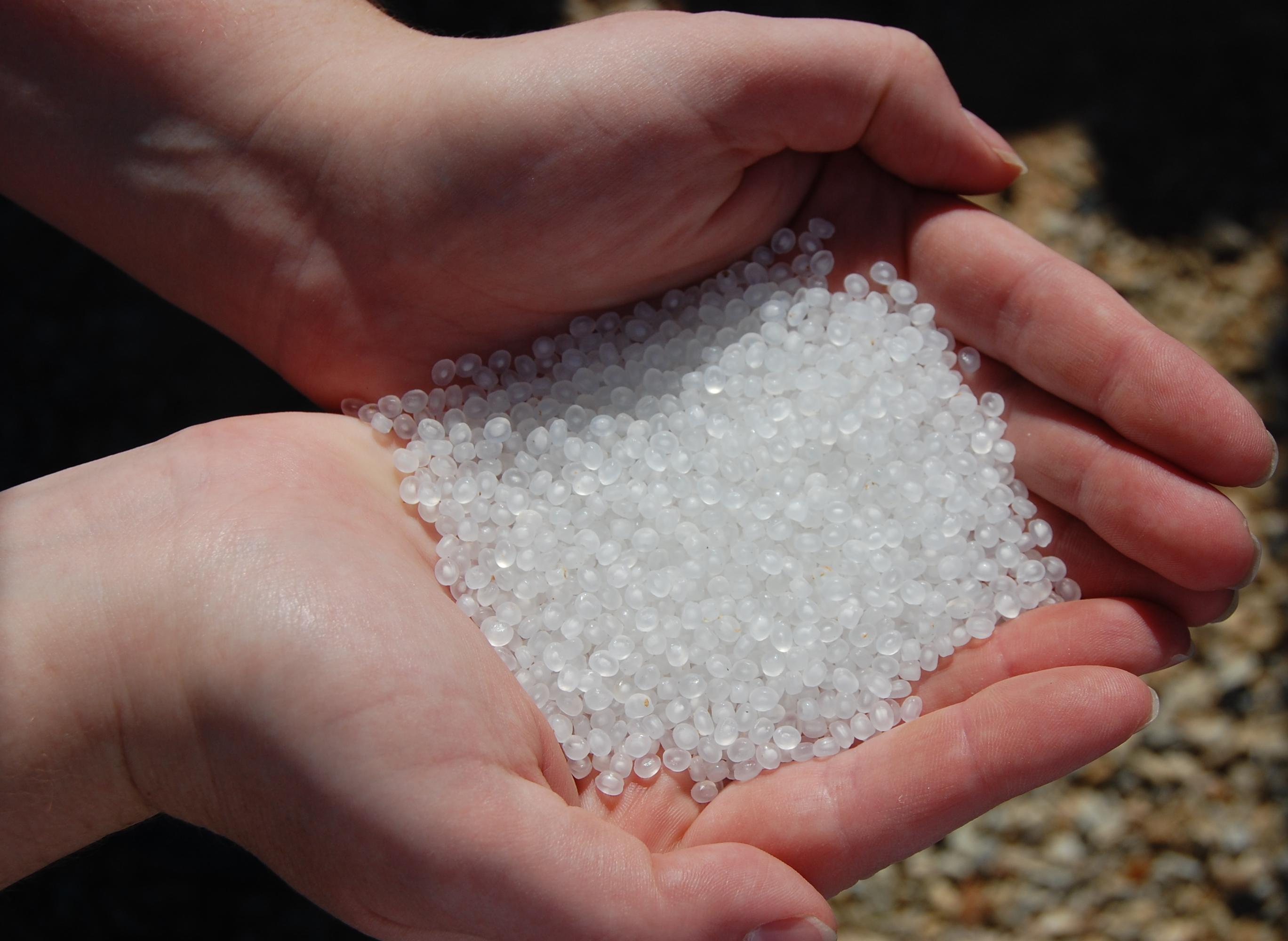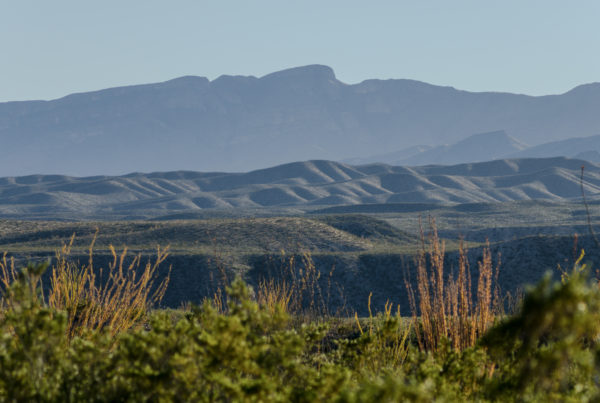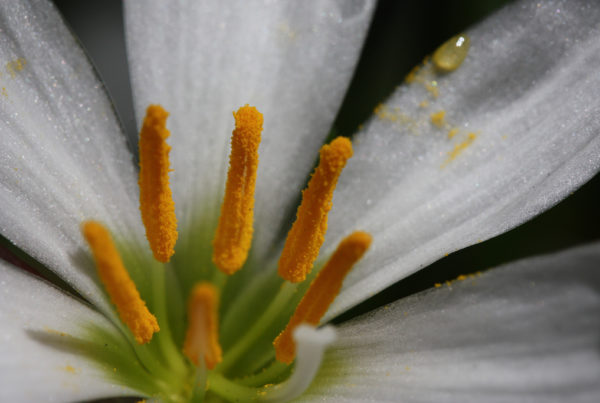Nearly all plastic objects are made from small pellets called “nurdles.” The beads are the building blocks for many objects we use daily. Although the pellets are just the size of a caper, they are causing a big issue for the Texas coastline.
David Sikes, the outdoors columnist for the Corpus Christi Caller-Times, says that although nurdles are widespread, it’s hard to pinpoint exactly where they originate.
“A lot of places along the Gulf of Mexico make these things,” Sikes says. “In fact, there’s a new plant proposed just across the bay from Corpus Christi that will make them if they can get past all the protest.”
More nurdles are beginning to accumulate on the beaches of Mustang and Padre Island. But the further south the pellets get, the more likely they will be swept away by the current, or buried under the sand.
“You can obviously see in a single photo frame thousands of [nurdles] in the marshes [further north] in some areas,” Sikes says. “Most of the time [people] will show you a quart-sized Ziploc bag bulging with them that they’ve found.”
The nurdles find their way into the digestive systems of several types of wildlife, after being mistaken for food. Nine percent of turtles that were necropsied after their deaths had at least one nurdle in their stomachs.
“Fish eat them and there’s a danger there because sooner or later these nurdles, the toxins in them, break down and of course we eat fish, so that might be an issue,” Sikes says. “It’s really hard to grasp how far extensively the environmental problem is.”
The San Antonio Bay Estuarine Waterkeeper nonprofit has filed multi-million dollar lawsuit against the Formosa Plastic Corporation plant in Fort Comfort, for allegedly discharging plastic pellets illegally.
“I think the main thing the lawsuit seeks is accountability,” Sikes says. “If Formosa is indeed the source then they need to clean it up. On another level we need to find out how many there are and how widespread the problem is.”
Jace Tunnell, reserve director at the Marine Science Institute in Port Aransas, is collecting data on how many nurdles have been documented, and spreading awareness of the potential environmental impact.
“He’s trying to assign as many citizen scientists as he can along the Texas coast to just go to the beach and look for them and tell them where they found them and how many they found,” Sikes says. “He just wants to collect as much data as he can and see how widespread [this issue] is.”
By Brooke Vincent.

















